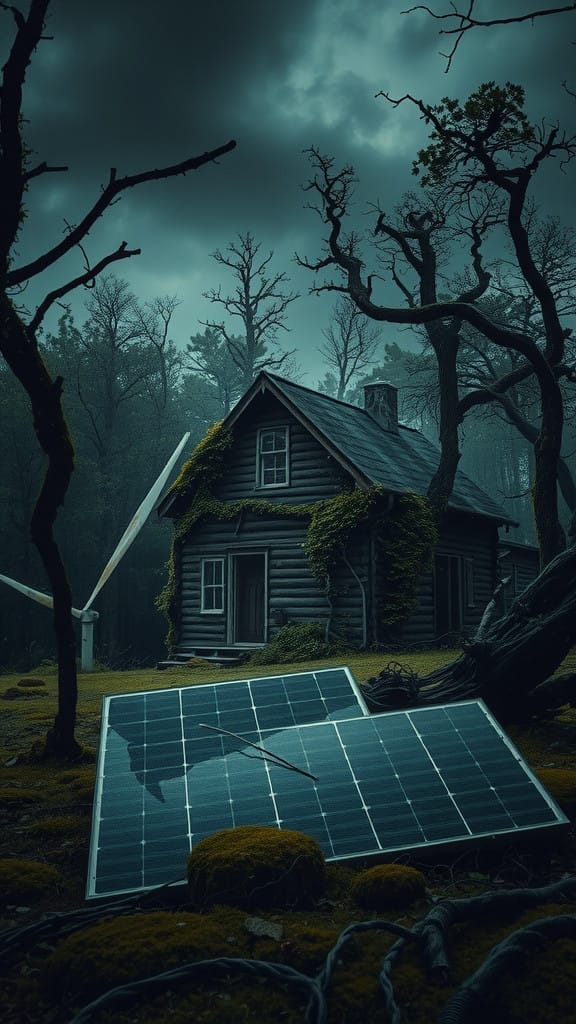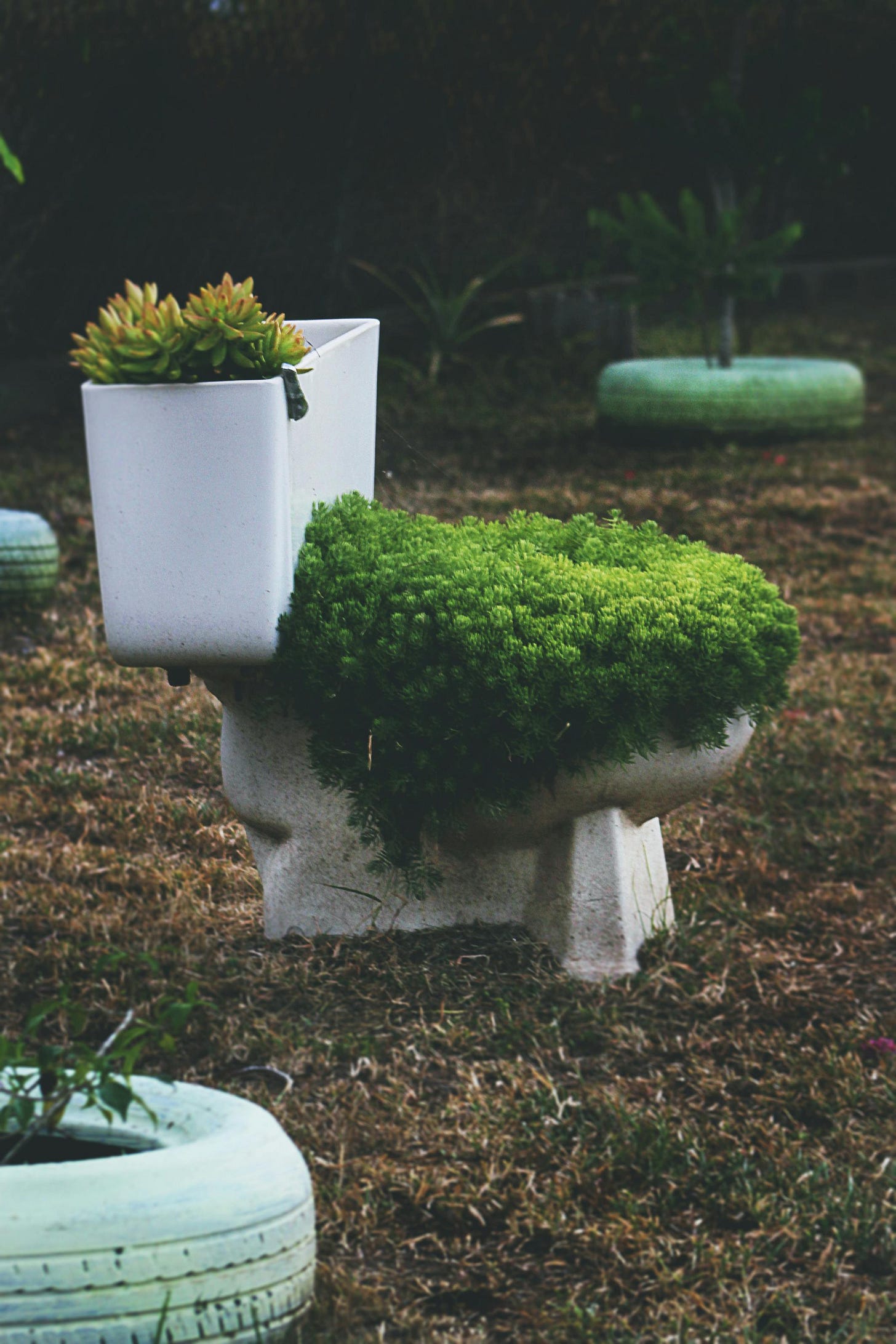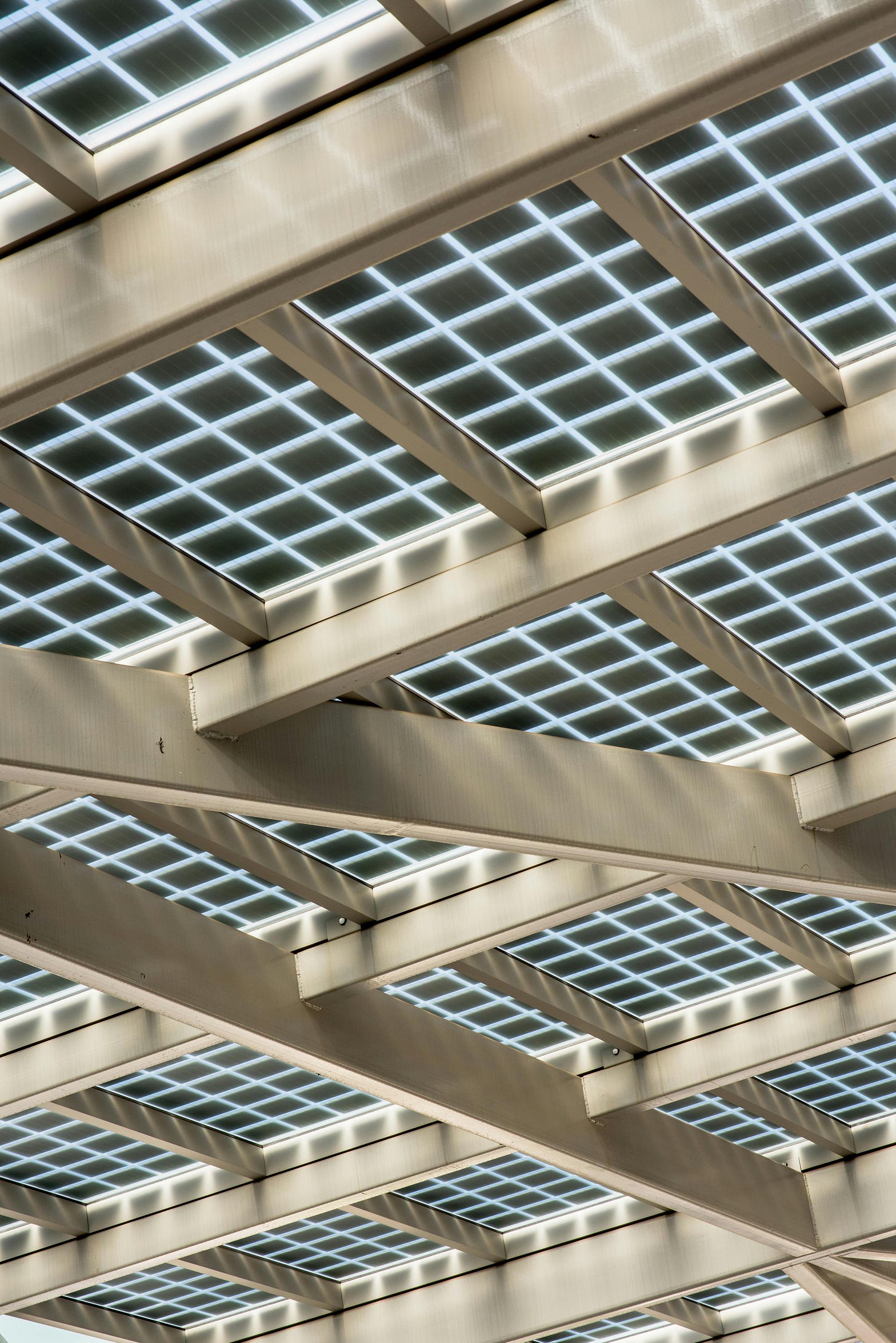Let's face it – living off-grid is incredibly rewarding, but it isn't always smooth sailing. Even the most experienced “off-gridders” face challenges, and that's completely normal. The good news? Most common problems have straightforward solutions once you know what to look for. Let's walk through some typical scenarios you might encounter and how to handle them.
Power Problems: When the Lights Go Dim
The "My Batteries Are Dying Too Quickly" Dilemma
You've sized your system correctly, but suddenly your batteries seem to be draining faster than usual. Before panicking, check these common culprits:
Battery connections might have corroded – clean them with a wire brush and baking soda solution
One battery in your bank might be failing, pulling down the others (check individual battery voltages)
Your charge controller settings might have shifted during a power surge
Hidden power draws might be sneaking up on you (those old appliances can be sneaky energy vampires!)
Quick Fix: Start a power audit. Turn off everything, then add loads one at a time while monitoring battery voltage. You'll often find the culprit this way.
Solar Panel Performance Issues
If your panels aren't producing like they used to, don't immediately assume they're failing. Often, it's something simpler:
Dust, pollen, or bird droppings might be blocking sunlight
Trees might have grown and are now casting new shadows
Wiring connections might have loosened over time
Your charge controller might need recalibration
Pro Tip: Keep a log of your daily power generation. This makes it much easier to spot when something's off and identify seasonal patterns.
Water Woes: Keeping the Flow Going
When Your Water System Loses Pressure
This is one of the most common headaches in off-grid living. Here's your checklist:
Check for leaks in your lines (look for unusually damp soil or listen for hissing)
Inspect your pressure tank's bladder
Look for clogged filters or sediment buildup
Verify your pump is running at full capacity
Remember: Water problems often get worse if ignored, so tackle them early!
Dealing with Frozen Pipes
If you live somewhere cold, this one's probably kept you up at night. Prevention is key:
Heat tape on vulnerable sections
Proper pipe insulation (more than you think you need)
Keeping a small flow during extreme cold
Having a backup plan for water storage
Emergency Tip: If pipes do freeze, never use an open flame to thaw them. Heat lamps or warm towels are your friends here.
Food Storage Challenges
When Your Root Cellar* Isn't Performing
Root cellars are amazing, but they can be finicky. Common issues include:
Humidity levels too high or low (invest in a good hygrometer)
Temperature fluctuations (often due to poor ventilation)
Rodent invasions (they always find a way!)
Produce spoiling faster than expected
Smart Solution: Create multiple storage zones with different temperature and humidity levels for different types of produce.
*A root cellar is a traditional storage space, typically built underground or partially underground, used to preserve fruits, vegetables, and other foods without modern refrigeration. Think of it as nature's refrigerator – it uses the earth's constant cool temperature and natural humidity to keep food fresh for extended periods.
Here's how it works:
Natural Temperature Control
The earth maintains a fairly constant temperature (usually between 32-40°F/0-4°C) about 10 feet below ground
This natural cooling effect keeps produce from freezing in winter and stays cool in summer
Optimal Humidity
Underground conditions typically provide 85-95% humidity
This moisture level prevents vegetables from drying out and shriveling
The natural ground moisture helps maintain this humidity
Common Design Features:
Built into a hillside or dug into the ground
Good ventilation system (usually two vents - one high, one low)
Drainage system to prevent water pooling
Shelving for storage
Heavy door for insulation
Often includes steps leading down
Foods commonly stored:
Root vegetables (carrots, potatoes, beets, turnips)
Apples and pears
Cabbage and other hardy vegetables
Preserved foods (jams, pickles, cured meats)
Wines and fermented beverages
Storage Tips:
Different foods need different conditions (some produce like onions prefer drier areas)
Most vegetables should not touch each other during storage
Regular checking for spoilage is important
Some foods shouldn't be stored together (apples can make other produce ripen faster)
Root cellars are making a comeback among homesteaders and sustainability enthusiasts because they:
Require no electricity
Help reduce food waste
Allow storage of homegrown produce
Preserve food without processing
Connect people to traditional food storage methods
I am going to bring together a useful Root Cellar Guide on the construction methods or optimal storage conditions for specific foods in the next issue
Waste Management Issues
Composting Toilet Troubles
Let's talk about everyone's favourite subject (not!). When your composting toilet starts acting up:
Bad odours usually mean your carbon/nitrogen ratio is off
Too wet? Add more sawdust or coconut coir
Too dry? Add a splash of water or more green materials
Flies? Cover material depth might be insufficient
Remember: A well-maintained composting toilet shouldn't smell bad. If it does, something needs adjusting.
Communication Challenges
Staying Connected When Systems Fail
In our connected world, losing internet access can be more than just annoying:
Keep a backup satellite phone for emergencies
Consider multiple internet options (satellite + cellular)
Have a plan for charging communication devices when power is limited
Know where your nearest connectivity spots are
Practical Tip: Create a communication priority list – what really needs internet and what can wait?
The Mental Game: Dealing with Off-Grid Stress
Sometimes the biggest challenges aren't technical at all. Living off-grid can be mentally demanding:
Build a support network of other off-gridders
Have backup plans for your backup plans
Keep a detailed maintenance schedule
Take breaks when needed – off-grid doesn't mean you can't occasionally use on-grid resources
Preventive Measures: Staying Ahead of Problems
The best way to handle off-grid challenges is to prevent them in the first place:
Regular maintenance schedules for all systems
Keeping detailed logs of system performance
Having spare parts for critical components
Building redundancy into important systems
Seasonal preparation and checks
The Bottom Line
Remember, every off-grid challenge is an opportunity to learn and improve your system. Keep good records, learn from each issue, and share your experiences with others. The off-grid community is incredibly supportive – don't be afraid to reach out for help when needed.
Most importantly, maintain perspective. Even when things go wrong, you're living a life that many dream of, learning valuable skills, and becoming more resilient every day. That's something to be proud of, even on challenging days.
Harnessing the Future: Understanding Solar Micro-Inverters for Off-Grid Living
Hey there, Off-Grid Cabin community! 🌄 As we embrace the New Year and all the possibilities it brings, let’s talk about an exciting development in the world of renewable energy that could greatly enhance our off-grid living: solar micro-inverters. Now, before your eyes glaze over at the thought of technical jargon, fear not! I'm here to break it down in a friendly, relatable way that connects the dots to our off-grid dreams.
What Are Solar Micro-Inverters?
Alright, let’s start with the basics. At its core, a solar micro-inverter is a device that converts the sunlight captured by our solar panels into usable electricity. Think of it as the hard-working little helper behind the scenes of your solar energy system. Unlike traditional inverters, which take care of multiple panels at once, micro-inverters are attached to each individual solar panel.
This means that every panel operates independently, helping to optimise performance.
Why Is This Important?
You might be asking, “Why should I care about micro-inverters?” Well, here are a few reasons that will make you sit up and take notice:
Maximised Energy Production: Imagine you have a cloudy day or a tree is blocking sunlight from one of your solar panels. With traditional inverters, the performance of all panels can drop if one is receiving less sunlight. Micro-inverters allow each panel to work at its own optimal level, so shading or poor performance doesn’t bring down the whole system. You get the most out of your solar investment!
Real-Time Monitoring: Many micro-inverters have built-in monitoring capabilities. This means you can keep an eye on how each panel is doing right from the comfort of your couch (or cabin!). Having this kind of information allows you to spot problems early, ensuring your energy system stays efficient.
Flexibility in Installation: If you ever want to expand your solar setup, micro-inverters make it much easier! You don’t have to worry about complicated wiring or overhauling your whole system; just add more panels with their own micro-inverters, and you’re good to go.
Durability and Longevity: Most micro-inverters are built to last a long time — often beyond 20 years. That means you can enjoy the benefits of your solar setup for years without frequent replacements!
The Bigger Picture
Now, let’s zoom out a bit. According to recent reports, the solar micro-inverter market is set for explosive growth, projected to reach approximately $19.1 billion by 2034. What does this mean for us as off-grid dwellers? It signals a move toward smarter, more efficient energy solutions. More companies innovating in this space ultimately means better technology at lower prices over time, making it increasingly feasible for everyday people to harness solar energy.
Taking Action
As we look forward to a greener future, consider integrating solar micro-inverters into your off-grid plans. They represent a significant step toward sustainable living, maximising both energy efficiency and reliability.
Do you currently use micro-inverters, or are you considering them for your off-grid setup? We’d love to hear your thoughts, experiences, and any questions you might have about solar technology. Let’s join hands in this journey toward a brighter and more sustainable lifestyle.
Here’s to a year of innovation and connection! May your off-grid adventures be fruitful and filled with the warmth of the sun! 🌞🚀✨
As we wrap up this edition of the Off-Grid Cabin newsletter, we’d love to hear from you! Your experiences, hints, and tips are invaluable to our community. Whether you’ve recently tried a new sustainable practice, discovered a fantastic resource, or have a tried-and-true method for living Off-Grid, please share your insights with us!
We encourage you to hit the button below and join the conversation! Your ideas could inspire fellow readers and make a positive impact on someone’s journey toward a more sustainable lifestyle.
And if you enjoyed this newsletter, don’t keep it to yourself! Share it with friends, family, or anyone interested in embracing an Off-Grid lifestyle. Let’s spread the knowledge and empower others to join us in this amazing adventure!
Thank you for being a part of our community, and we can’t wait to hear from you! Happy living Off-Grid! 🌿✨
PLEASE SHARE THIS NEWSLETTER FAR AND WIDE,
I intend to keep the subscription fully FREE for as long as possible!
Join me as a supporter and member with a real-life couple off-grid in Sweden:
Some more of my scribbles (ALL FREE):












